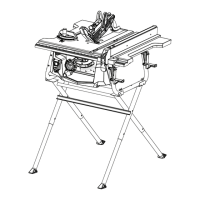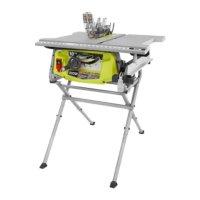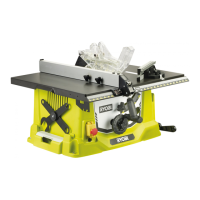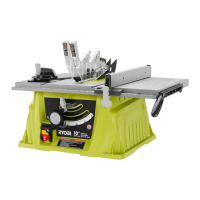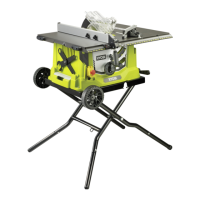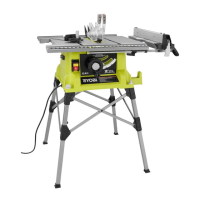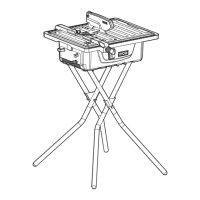What to do if my Ryobi RTS10 does not start?
- CCassandra PachecoAug 17, 2025
If your Ryobi Saw doesn't start, first ensure the motor cord or wall cord is properly plugged in. If it still fails to start, check the circuit fuse and replace it if blown. Also, verify that the circuit breaker hasn't tripped; if it has, reset it. If none of these steps work, the cord or switch may be damaged and require replacement by an authorized service center.





